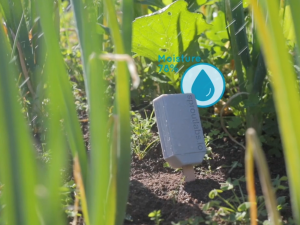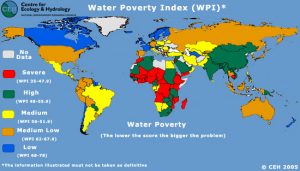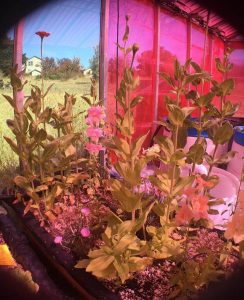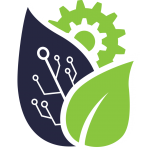Food & Water Security

In our ever-growing society, achieving and implementing sustainable food systems is becoming more difficult, yet increasingly critical. According to an 2021 article in naturefood, we can expect a 35 - 56% increase in global food demand by 2050. Taking into account the corresponding trend towards urbanization, the implication is that not only will more food need to be produced with stressed resources including water, but food will have to travel further, be kept fresh longer, and thus will increase in cost.
Access to clean and safe drinking water is a fundamental human right. Yet, many communities around the world lack reliable access to water, let alone have the required infrastructure to maintain the potable standards experienced in many parts (but not all) of the developed world. In our current state of climate change and population growth, increased competition and intensified drought have exacerbated water insecurity.
 Five main criteria govern a community’s Water Poverty Index, a measure of the strength of a water sector: resource availability, ease of access, community capacity to manage water resources, usage/application, and environmental integrity. This holistic indicator illustrates the complexities of water poverty and can help identify strategies for improvement.
Five main criteria govern a community’s Water Poverty Index, a measure of the strength of a water sector: resource availability, ease of access, community capacity to manage water resources, usage/application, and environmental integrity. This holistic indicator illustrates the complexities of water poverty and can help identify strategies for improvement.
Through S-lab student research and learning modules, we hope to develop a holistic understanding of the resources required to provide the ease-of-access and water quality enjoyed here in Santa Cruz. This includes water collection, transmission, purification, and reuse; with accounting of the energy required for each stage.
S-lab supports projects that seek to disrupt the status quo and strengthen student agency in food and water systems. While the learning modules offered provide a strong foundation, students working across disciplinary boundaries are finding ways to conserve resources and make these systems more efficient overall. In

this research area, our goal is to use novel technology and applications to:
- better utilize space (vertical and co-growth) and resources (reuse, recycling, and composting)
- conserve energy and water (aero/hydro/aqua-ponics, smart sensors)
- collect, conserve, treat, and recycle water sustainably; both locally (e.g. DROPS greywater recycling), and through co-development abroad (e.g. renewably-powered water purification)
- improve accessibility to organic and healthy food in food insecure communities (urban farming)
By recognizing that the intensifying demand in energy, food, and water together formulate global grand challenges, we look to systems-level solutions to help mitigate climate change, resource insecurity and volatile markets.

